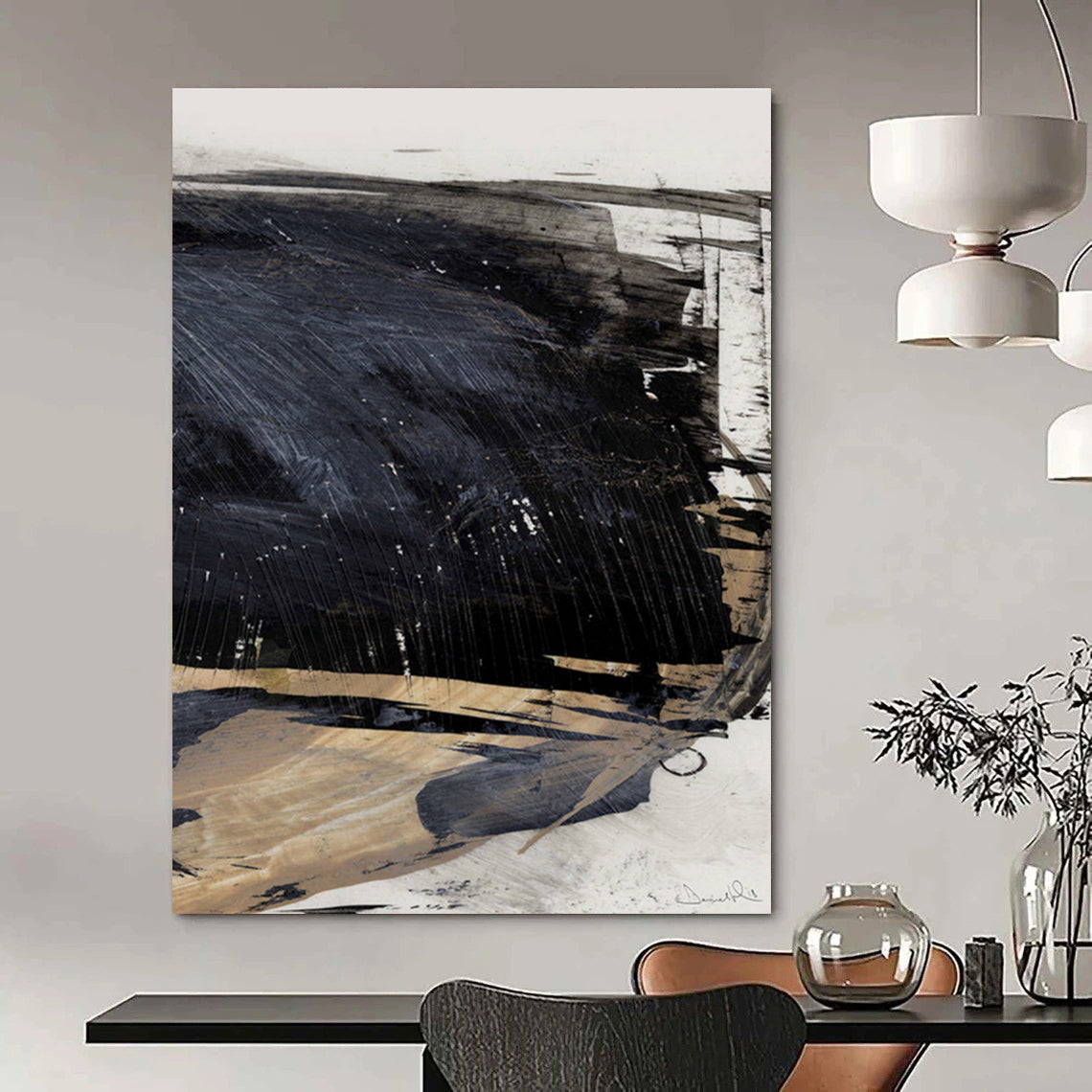Marian Spore Bush led an extraordinary life that combined her groundbreaking career as Michigan’s first licensed female dentist with a deeply spiritual artistic journey. After her mother’s death in 1919, she began using a Ouija board to communicate with spirits, whom she called “the People.” These otherworldly guides instructed her to create art, a completely new calling for someone with no formal training or previous artistic ambitions. This turn from dentistry to visionary painting marked the start of a fascinating chapter in American spiritual modernism.

During her early years as an artist, after spending time in Guam to be near her brother who was governor general, Spore Bush began painting floral still lifes. But soon, her work evolved into highly symbolic pieces featuring prophetic, robed figures often accompanied by animals. This period shows her gradual shift towards a rich symbolic language suggested by her spiritual communications. Her use of thick, tactile paint and swirling compositions in New York’s Greenwich Village brought her visions to life. For insight into her biography and unique place in art history, you can visit her detailed Wikipedia biography.

In the early 1930s, Spore Bush’s style darkened as she produced stark black-and-white allegories of looming disaster—works she claimed were warnings relayed by “the People.” Paintings like The Gaunt Bird of Famine (1933) exemplify this shift to apocalyptic imagery. Despite the grim tenor of her work, her philanthropic heart remained undiminished. During the Great Depression, she gained the nickname “Angel of the Bowery” by operating a breadline in impoverished New York, a charitable act reported by sources such as the Sindecuse Museum biography. It was during this time she met Irving T. Bush, whose support helped advance her artistic career.

Her paintings teem with symbolism—especially birds emblematic of judgment or protection—often rendered in the grisaille technique using shades of gray. Hitler Meets God (1943) and Unknown Soldiers (1943) reflect her direct engagement with the turmoil of World War II. More detailed examinations of her unique impasto technique and spiritual themes are available in the recent Artsy article spotlighting her work.

Though largely overlooked during her lifetime, Spore Bush is now being rediscovered and celebrated. The 2025 exhibition “Life Afterlife: Works c. 1919–1945” at Karma Gallery in New York brings her visionary paintings back into the spotlight. Here, she is contextualized alongside other spiritual modernists like Hilma af Klint. For more information about the exhibition and renewed critical interest, visit the Karma Gallery press release.

FAQs
Q1: How did Marian Spore Bush become an artist?
She was led to art by spirit communications received via Ouija board and psychic experiences after her mother’s death, despite having no prior artistic background.
Q2: What characterizes her artistic style?
Her paintings are marked by swirling brushwork, impasto textures, symbolic imagery, and a move from colorful intuitiveness to stark monochrome allegories.
Q3: What role did philanthropy play in her life?
She ran a charitable breadline during the Great Depression in New York, earning recognition as “Angel of the Bowery.”
Q4: What are the dominant symbols in her paintings?
Birds, often depicted in grisaille, symbolize protection or judgment and appear frequently in her spiritual narratives.
Q5: Where can I learn more about Marian Spore Bush’s life and work?
Authoritative resources include her Wikipedia page, the Mediumistic Art biography, and the Artsy feature article.
Marian Spore Bush’s legacy is a testament to the power of spiritual inspiration in art, bridging worlds with a deeply personal and mystical vision—a message affirming that the artist truly lives on through their work.

